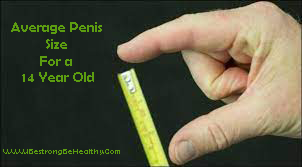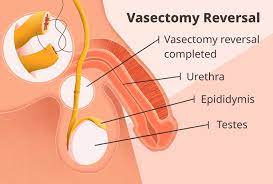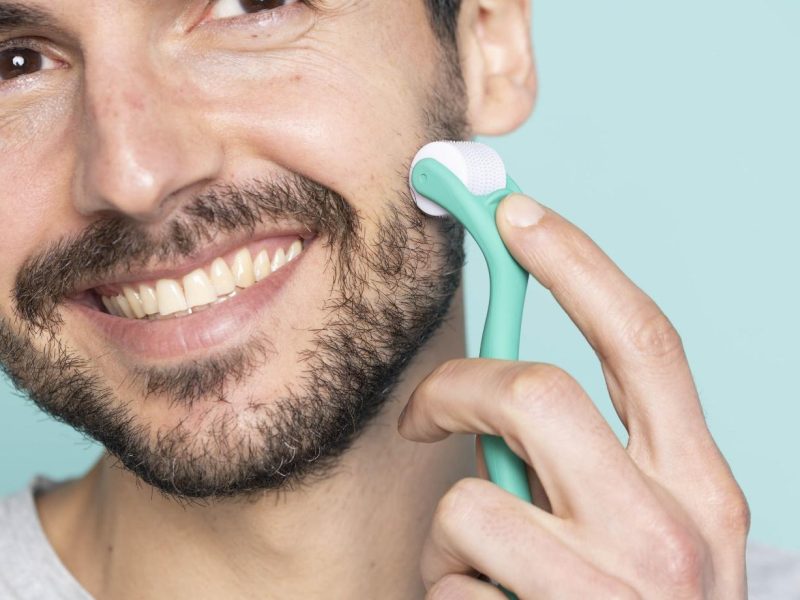Average Penis Size For a 14 Year Old: Puberty is a time for growth spurts and other changes brought about by the onset of puberty. For boys facing these changes, there can be a time of great uncertainty as some inevitably lag behind others in their development.
Among the most important changes is sexual maturation, which boys go through when the testicles enlarge and the scrotum becomes thinner and reddened. In parallel with these changes, the growth of the penis can develop differently for different boys.
As sexual awareness increases, concerns about penis size may increase, especially when all other signs of puberty (including height, body hair, and voice changes) are robust. Knowing what to expect – and what an “average” penis size really means can help relieve the stress.
Normal penis development
The good news is that penis size is rarely a sign of a medical problem. With that said, there are few answers about the average 14 year old penis size that will satisfy an emotionally impatient teenager.
Between the ages of 10 and 14, when most growth spurts occur, boys often feel the need to measure themselves against their peers and believe that if they are below average, they will perish. Even in boys as young as 11, the visible changes seen in others can quickly tilt from curiosity to fear.
To counteract these fears, parents need to understand the facts about normal penile development and share them with their sons when this becomes a problem.
Stages Of Development
In general, a boy’s genitals develop in somewhat predictable stages. According to longitudinal studies from the National Institute for Child Health and Human Development, the stages of sexual maturation in boys break down roughly as follows:
- Onset of puberty: 9.5 to 14 years
- First pubertal change: enlargement of the testicles
- Penis growth: about a year after the onset of the testicles
- Appearance of pubic hair: 13.5 years
- Nocturnal emissions (“wet dreams”): 14 years
- Facial hair, voice change and acne: 15 years
It is important to note that unlike wet dreams and acne, there is no specific age at which genitals will begin to grow. For boys – even more so than for girls – it can be difficult to know exactly when puberty begins and how it will develop.
To some it appears as an almost single event. In other cases, there may be seizures that start in early high school. While boys in a family often follow similar growth patterns, there can even be discrepancies between brothers that fall short of expectations.
Even if a penis seems small by the age of 14, there is still a chance for growth. With that said, many parents want to make an appointment with the GP if their son’s penis doesn’t start growing after the appearance of body and facial hair.
In general, little additional growth can be expected by the age of 18-19.
Average penis length by age
Average Penis Size For a 14 Year Old, Reported in Healthcare for Adolescents and Young Adults: A Practical Guide by Dr. Lawrence Neinstein, should only be used as a guide to genital development in boys.
It should not be used to check whether a boy is developing “on schedule” (an action that may only underscore a boy’s insecurity). Rather, it should be used as a reference if your son is concerned that he is falling behind on all other markers of puberty.
The approximate range of a non-erect penis by age is as follows:
- Age 10 to 11: 1.6 to 3.1 inches
- Age 12: 2.0 to 4.0 inches
- Age 13: 2.0 to 4.7 inches
- Age 14: 2.4 to 5.5 inches
- Age 15: 3.1 to 5.9 inches
- Age 16: 3.9 to 5.9 inches
- Age 17: 3.9 to 6.3 inches
- Age 18: 4.3 to 6.7 inches
Because errors can occur when measuring the penis, it’s usually best to have the measurement done by a pediatrician, or even better, a specialist in adolescent health services.
Diagnosis
Diagnosing an abnormally small penis seems like a fairly simple process, but it is actually not. A physical examination may reveal that a boy’s penis is under the age expected for his age, but he cannot accurately predict how much growth is still possible. This is especially true for boys 14 and under who have not yet developed the secondary physical characteristics of puberty.
A physical exam may be more meaningful between the ages of 15 and 16, when the penis is most likely to experience growth. Even then, there are factors other than growth that explain the unusually short appearance of a penis.
One such example is childhood obesity, where excessive pelvic fat obscures an otherwise normal-sized penis. The same can happen when a boy has a very large frame and gives the impression that the penis is smaller than it is.
Less commonly, there are congenital conditions that limit how much of the penis is seen externally. Examples include penile crotal tissue (where the scrotum extends down the underside of the penis, creating an indistinct connection between the two) and phimosis (where the foreskin cannot retract).
Micropenis, defined as penile deviations 2.5 below average mean age, is even less likely, but can sometimes occur as a result of a genetic disorder (such as Klinefelter syndrome) that reduces the production of testosterone during fetal development with special needs.
Treatment
In general, there is little a doctor can do after age 8 to encourage penis growth in boys. Testosterone replacement therapy (TRT) can be used in boys under the age of 8, but even then it is most effective in infants under the age of 3.
When used early, TRT (given in three intramuscular injections over a 12-week period) can increase the child’s penis size to the reference range for their age. After eight years, TRT is far less effective.
In older boys, surgery may be explored to treat hidden penile abnormalities. The approach may vary from case to case, but may include circumcision or more extensive reconstruction procedures in which the skin of the penis is “deflated” and repositioned with sutures and skin grafts.
Penis enlargement (phalloplasty) is only considered a sensible option later in life. The risk of complications can outweigh the perceived benefits, and results are variable at best.
Conclusion
While concerns about penis size in boys going through puberty can be understandable, it doesn’t help if these feelings are mirrored or reinforced by parents or family members.
Ultimately, penis size should never be taken as a measure of manhood or masculinity. These cultural attitudes only serve to sap a boy’s confidence at a time when he’s just beginning to figure out who he is.
When your son comes to you about his penis size, you should take the time to talk about his feelings without minimizing them. In some cases, penis size may just be a symptom of a larger problem. In some cases, there may have been teasing at school or a lack of self-confidence, which is characteristic of the size of the penis.
Whether the issue is physical or psychological, it is often helpful to work with a doctor trained in adolescent health. By including an objective third party in the conversation, you can avoid any hint that there is a “problem” that needs solving.
Acknowledge your son’s feelings and reassure him of his self-worth, but avoid false assurances and platitudes that can only add to his anxiety.


